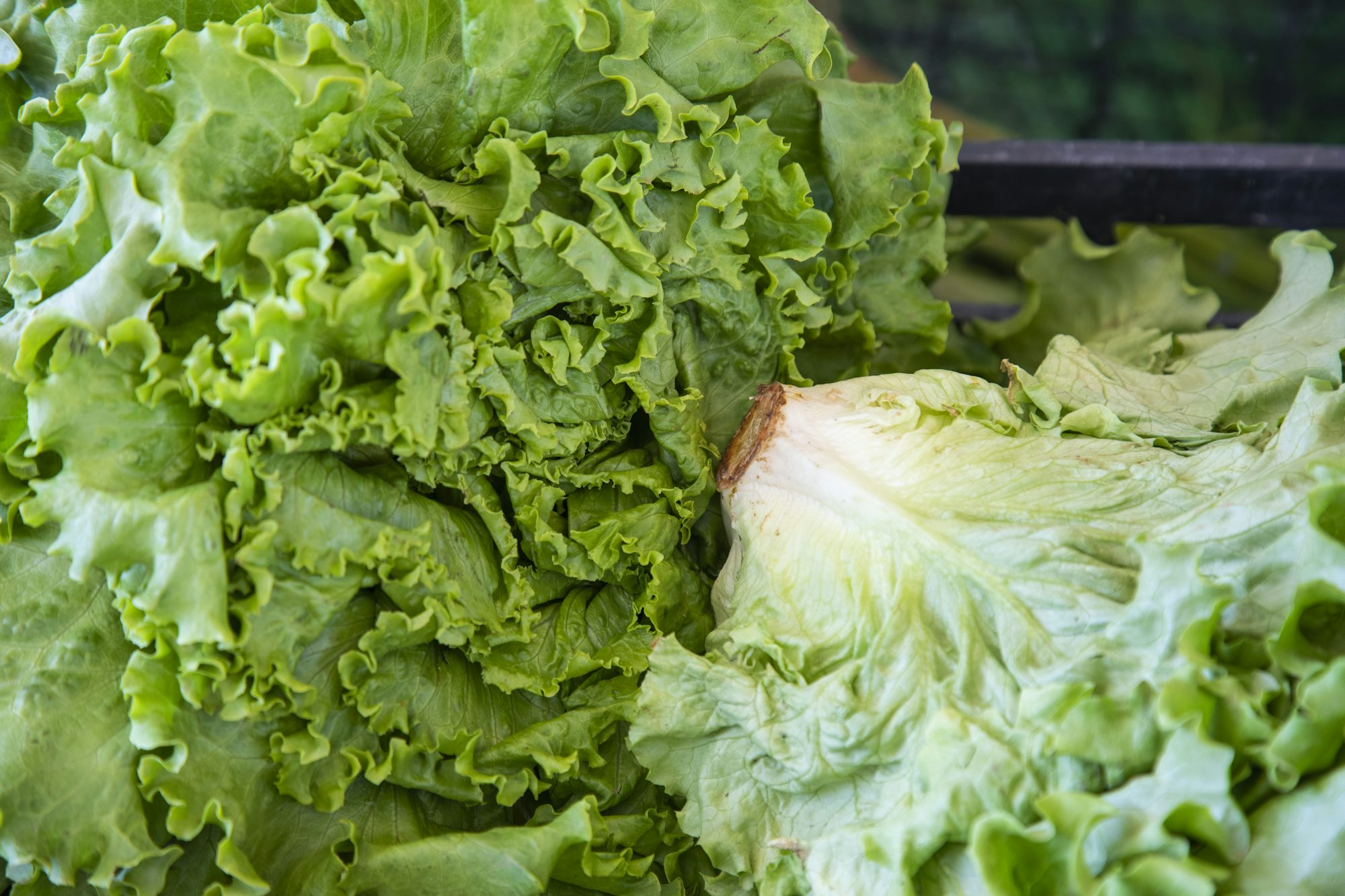In our fast-paced world, the concept of mindful living has emerged as a beacon of hope for those seeking to reconnect with themselves and the present moment. Mindfulness, the practice of being fully present and engaged in the current experience, allows individuals to cultivate greater awareness, reduce stress, and enhance overall well-being. By integrating mindfulness into our daily routines, we can transform mundane tasks into enriching experiences.
At its core, mindful living encourages individuals to shift their focus from the distractions of the past and future to the present moment. This practice not only fosters a deeper connection with our thoughts and emotions but also enhances our interactions with the world around us. By embracing mindfulness, we learn to appreciate the little things—a gentle breeze, the aroma of our morning coffee, or the laughter of a loved one.
One of the most accessible ways to begin cultivating mindfulness is through mindful breathing. This technique involves taking a moment to focus solely on the breath, observing each inhalation and exhalation without judgment. By dedicating a few minutes each day to this practice, individuals can create a sense of calm and clarity, helping to ground themselves amidst the chaos of daily life. Mindful breathing serves as an anchor, reminding us to return to the present whenever our minds wander.
Another effective technique is mindful eating. In our busy lives, meals often become a rushed affair, leading us to consume food without truly savoring it. Mindful eating encourages us to engage fully with our meals, appreciating the flavors, textures, and aromas of the food. By slowing down and taking the time to enjoy each bite, we not only enhance our culinary experiences but also promote healthier eating habits. This practice can lead to greater satisfaction with smaller portions, ultimately benefiting our overall health.
Mindful walking is another wonderful way to integrate mindfulness into our daily routines. Whether we are strolling through a park or walking to work, we can use this time to focus on the sensations of our bodies in motion. By paying attention to each step, the feeling of our feet on the ground, and the rhythm of our breath, we can transform a simple walk into a meditative experience. Mindful walking helps to clear the mind and reduce stress, making it an ideal practice for those looking to reconnect with their surroundings.
Additionally, mindfulness can enhance our interactions with others. By practicing active listening, we can engage more fully in conversations, giving our undivided attention to the person speaking. This not only strengthens our relationships but also fosters a deeper sense of connection and understanding. When we approach conversations with mindfulness, we become more aware of our reactions and responses, allowing for more meaningful exchanges.
Incorporating mindfulness into our daily lives also involves being aware of our thoughts and emotions. Mindful observation encourages us to acknowledge our feelings without judgment, creating a space for self-compassion. Instead of reacting impulsively to negative thoughts, we can learn to observe them, understanding that they are temporary and do not define us. This practice cultivates emotional resilience, enabling us to navigate challenges with greater ease and clarity.
Creating a mindful environment at home can further support our journey toward mindful living. Simple changes, such as decluttering spaces or incorporating calming elements like plants or soft lighting, can enhance our sense of peace and presence. Establishing a dedicated mindfulness space, even if it’s just a corner with a comfortable chair and a few meaningful objects, can provide a sanctuary for reflection and relaxation.
Mindfulness is not limited to formal meditation practices; it can be woven into the fabric of our everyday lives. Engaging in daily rituals, such as morning coffee, showering, or even washing dishes, can become opportunities for mindfulness. By approaching these tasks with intention and awareness, we can transform routine activities into moments of joy and presence. For example, during dishwashing, we can focus on the sensations of water, the movement of our hands, and the sounds around us, cultivating a sense of mindfulness in the process.
Mindful living also extends to how we consume information. In our digital age, we are constantly bombarded with notifications and stimuli that can lead to overwhelm. Practicing mindfulness in our media consumption involves being selective about what we engage with, allowing ourselves to disconnect from sources of negativity and information overload. Taking regular breaks from screens and social media can help restore balance and clarity in our minds.
The benefits of mindful living are profound. Research has shown that individuals who practice mindfulness regularly experience lower levels of stress, improved emotional regulation, and enhanced overall well-being. By fostering a greater sense of presence, we can cultivate gratitude and appreciation for our lives, leading to a more fulfilling existence.
In conclusion, the art of mindful living offers a transformative pathway to a richer, more meaningful life. By integrating mindfulness into our daily routines, we can enhance our well-being and cultivate deeper connections with ourselves and others. Whether through mindful breathing, eating, or engaging in everyday activities, the practice of mindfulness invites us to embrace the present moment with open hearts and minds. As we embark on this journey, we discover that each moment holds the potential for joy, connection, and peace.








